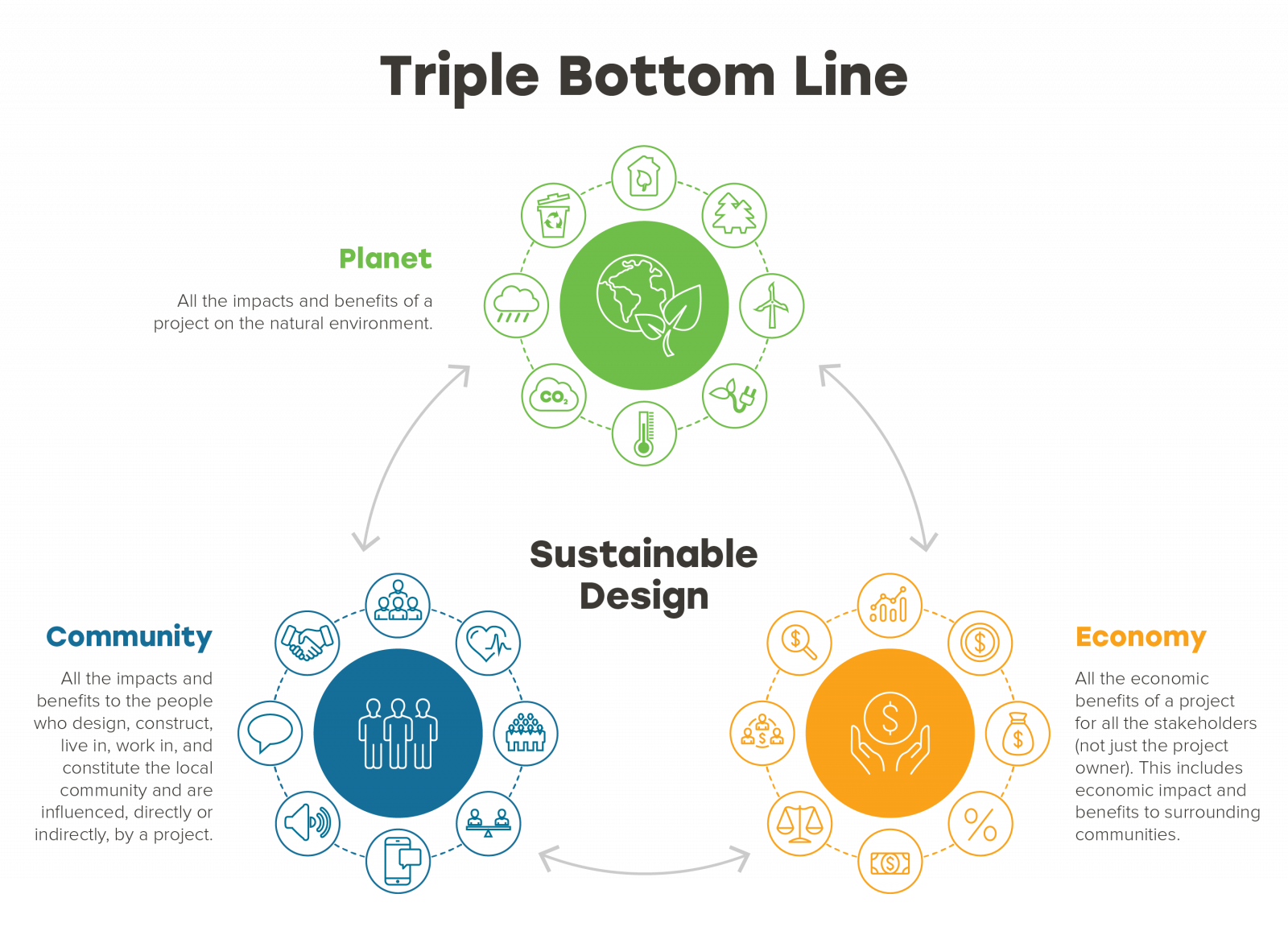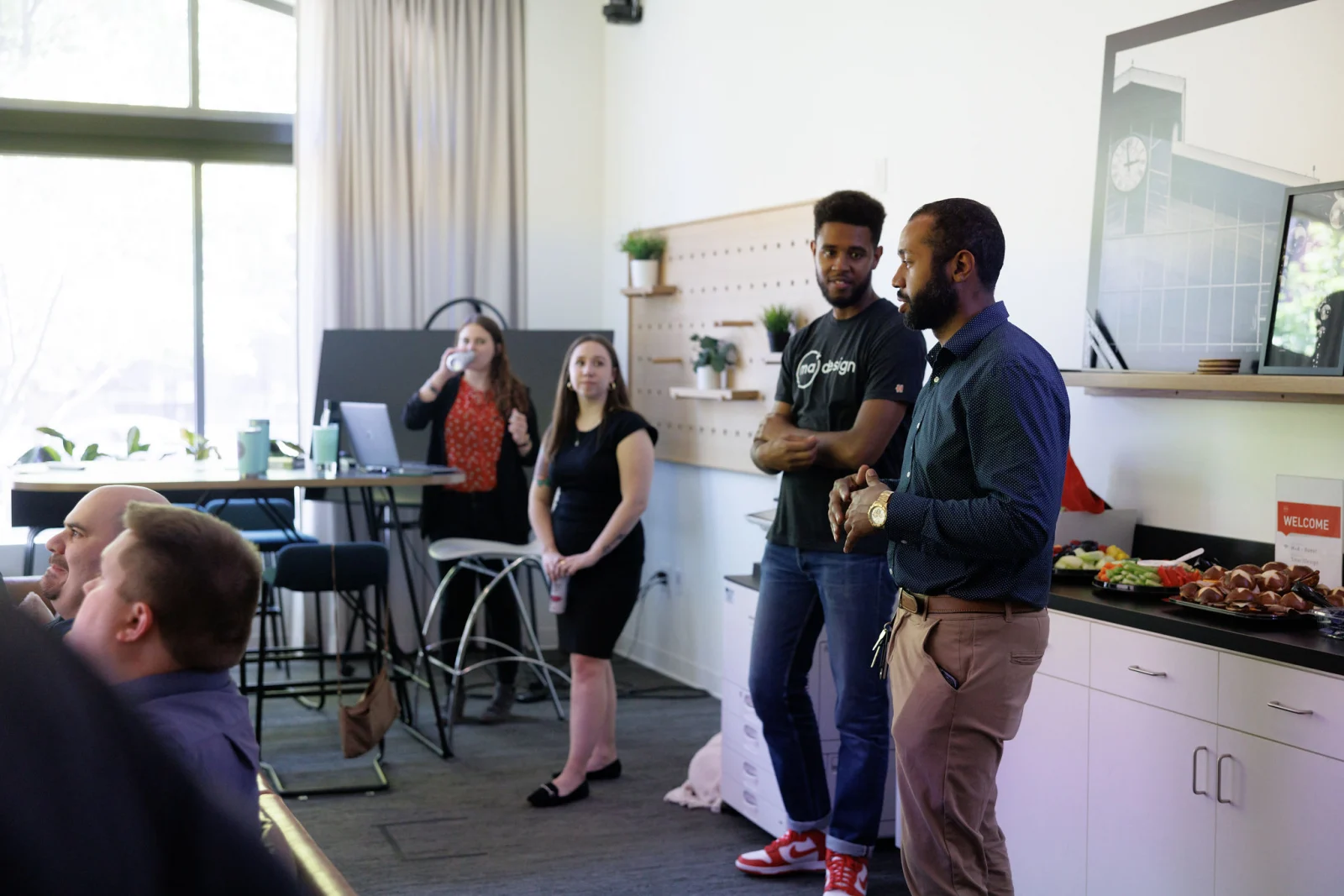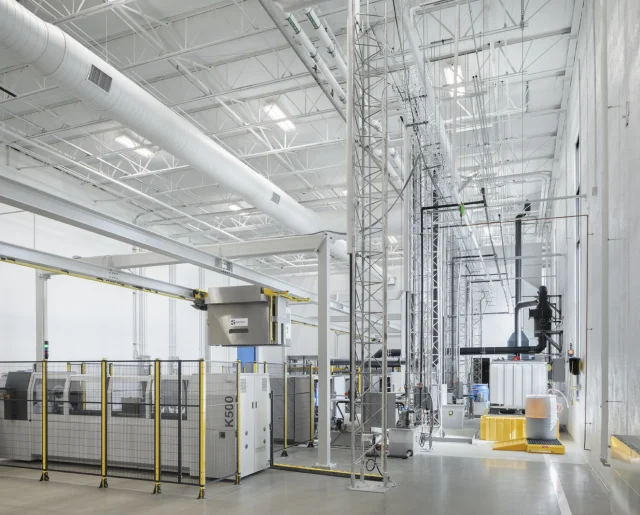Making the Business Case for Triple Bottom Line and ESG
Often the sustainability industry is flooded with very specific terminology, and it’s often changing. This article is going to review two key topics, their relationship to each other, and the business case that surrounds them: Triple Bottom Line and ESG (Environmental, Social, Governance).
What is the Triple Bottom Line (TBL)?
For many businesses, the bottom line is a financial measurement and performance indicator. There’s a concept in sustainable design that has existed for decades called the Triple Bottom Line. The premise of this is that true sustainability involves three concepts: planet, economy, and community. This idea encourages companies to measure their impact on the environment and the communities they impact. As such, the triple bottom line is a different way of viewing, and measuring, success. Our sustainability team at MA Design believes in incorporating the Triple Bottom Line in our thinking, and the way we operate. Each category of the TBL:

- Economy (Profit)
The economic benefits of a project for the stakeholders involved (not just the project owner). This includes the economic impacts and benefits to surrounding communities. - Environment (Planet)
All the impacts and benefits of a project on the natural environment. This is what people typically associate with sustainability. Being conscious of waste generation, energy consumption, water usage, and transportation emissions, to name a few. - Community (People)
The impacts and benefits to the people who design, construct, live in, work in, and constitute the local community and are influenced, directly or indirectly, by a project.
What is ESG?
ESG, or Environmental, Social, Governance has been a very hot topic in the past couple of years as Fortune 500 companies are starting to track their performance along these lines. Generally, ESG is “a way to evaluate and rate how sustainable and ethical a company is.” It rates and measures: the policies, procedures, operations of a company for how it impacts the environment and their employees, and how the company is governed. ESG categories are:
- Environmental
Similar to the triple bottom line, the environmental portion of ESG looks at the impact a company has on the planet through things such as waste management, energy use, or carbon emissions. - Social
How a company treats its employees, diversity of staff, and community involvement are few topics under social. - Governance
Leadership compensation and diversity, operations, and shareholder rights are a few of the main topics reported under the governance category.

The Relationship Between Triple Bottom Line (TBL) and ESG:
The Triple Bottom Line is a way of operating and measuring the success of a company. It’s redefining success to go beyond financial metrics. Meanwhile ESG is a third party measurement of the procedures and ways a company operates for the purposes of public accountability and investment opportunities. They work together in many ways. By redefining how a company measures success, and using a third-party system to rate how sustainable and ethical a company is, a business is setting themselves up for the future. A future that will become increasingly defined by climate change and generations that care deeply about sustainability, ethics, and inclusion.
For example, NASDAQ reported in September of 2022 that:
“Millennials already played a significant role in ESG investing having contributed $51.1 billion to sustainable funds in 2020 compared with less than $5 billion in 2015. In 2021, investors poured $69.2 billion into ESG funds, unsurprisingly setting a new record, according to Morningstar. This trend is only set to continue, particularly as more wealth transfers to them. And with 40% of Gen Z saying their investment decisions are driven by “companies with a purpose” as their expected income rises, by some accounts as much as 140% in the next five years, the outlook for sustainable investing looks rather bright. By 2025, it is expected that around 33% of all global assets under management would have ESG mandates. The longer-term view offered by the International Institute for Sustainable Development sees the market for ESG-mandated investments reaching $160 trillion by 2036, up from $30 trillion in 2018.”
How Does TBL and ESG Impact A Company:
There are many ways that incorporating the Triple Bottom Line and ESG goals can impact a company. This article highlights a couple key points and related statistics from around the industry:
1. Increased Profits and Investment Opportunities
Incorporating sustainability into business operations, decisions, and products is proving to have payoffs and gives companies a leg up. Some examples:
- According to the Harvard Business School, “48% of US consumers are willing to change their consumption habits to reduce their impact on the environment. People are paying more attention to the impact that their purchasing decisions have, which has contributed to roughly $128.5 billion in sales of sustainable consumer goods.”
- The Sustainable Living Index by AMLI states that 85% of respondents said living in sustainable housing is important to them and 65% said they were willing to pay more for it.
- In a Nielsen Report, “Products making ESG-related claims averaged 28 percent cumulative growth over the past five-year period, versus 20 percent for products that made no such claims.
- Brightest reports that 85% of Institutional Investors consider ESG factors in their investment decisions.
- JP Morgan believes that “The shift to sustainable investing is so powerful because it’s being driven by demand from the bottom up. Quite simply, investors – from individual savers through to large institutions – are directing an ever-increasing proportion of their portfolios towards sustainable strategies as they look to use their capital to help create a more sustainable world”.
2. Employee Retention and Engagement
Addressing sustainability and ethics in a company, doesn’t only impact profits and investment opportunities as identified above, but also employee retention and attraction.
- A 2021 IBM study found that a majority (71%) of employees view environmentally sustainable companies as more attractive employers.
- According to a Deloitte study, two in three millennials would quit their job if they don’t find fulfillment or if they sense that their current job has no ambition beyond profit.
By understanding the triple bottom line and setting ESG goals, as well as tracking them, a firm can create a plan for the future that is sustainable, resilient, and beneficial to all parties involved. These frameworks and goals are the first step in creating a sustainability action plan. For more information on how to create an action plan to get your company on track to fulfill your ESG goals, while embracing the triple bottom line, take a look at this article: The 4 Things to Know About Sustainability Action Plans.
When used together, the triple bottom line and ESG goals can help a company grow more resilient and sustainable. Not only in terms of the environment, but also in terms of its employees and culture. People are more likely to stay with a company who places action along with its values. We make decisions to create a better future, so we want to help you do so for you and those you love, your community, and your planet.
If you have any questions on how to incorporate the triple bottom line concept or ESG goals into your company, feel free to reach out to the MA Design sustainability team.













